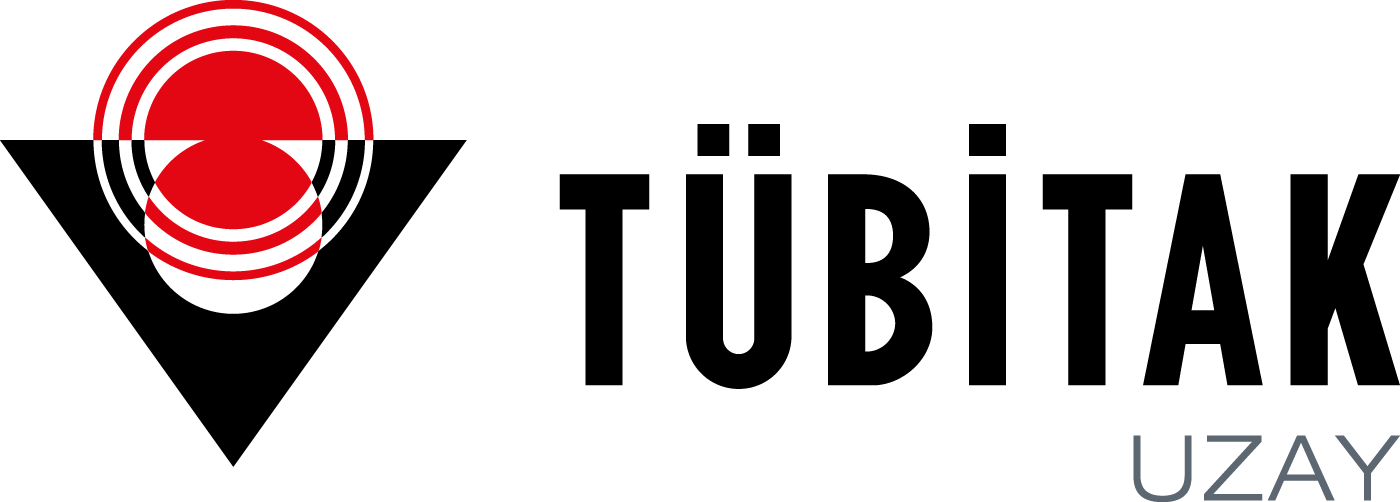Launched with 3 Years Design Life
Studies on space technologies at our Institute started in 2001. BİLSAT Satellite, which was realized as a technology transfer project, was successfully completed in 2003 and our first electro-optical earth observation satellite was launched into space. RASAT, our first earth observation satellite developed between 2004 and 2011 with the experience gained from the BİLSAT Project, was produced domestically with a design life of 3 years.
On August 17, 2011, RASAT was launched into space from Russia's Yasny launch base with the Denepr launch vehicle at 10:12 a.m. Turkish time, and 969 seconds after the launch, it was successfully placed into its target orbit at an altitude of 687 km above the Earth. After an exciting wait, the first signals were received from the TÜBİTAK UZAY ground station at 11.50 am. During the commissioning phase, the temporary ground station in Norway was used in addition to Ankara to install the necessary software on RASAT, to test the satellite and to download the images to the ground.
Space History was Added to Domestic and National Equipment
The High Performance Flight Computer (BİLGE), X-band Transmitter and Real-Time Image Processing (GEZGİN) equipment designed, manufactured and tested by TÜBİTAK UZAY, as well as the ground station software of our Institute, were successfully used in the RASAT Project, making space history. Thus, TÜBİTAK UZAY has become the only institution in our country to reach Technology Readiness Level 9 in the field of space by demonstrating its competence not only at the system level but also within the scope of subsystems.
Thanks to the infrastructure, know-how, trained human resources and courage acquired with the RASAT Satellite, the GÖKTÜRK-2 Project was launched. The GÖKTÜRK-2 Satellite was developed by adding new subsystems to the subsystems that have made space history in RASAT. These two national and indigenous satellite projects have contributed greatly to raising awareness of our country in the field of space, paving the way for new satellite projects.
Images taken by RASAT can be accessed on GEZGIN
To date, RASAT has made 58,726 orbital orbits and communicated a total of 22,203 times. RASAT's camera, which has a resolution of 7.5 meters PAN and 15 m RGB, captured images approximately 3,284 times and downloaded a total of 13,362 frames of images. With the satellite, which has a frame image size of 30×30 kilometers and can take 33 frames, i.e. 960 kilometers long strip images at a time, an image of 12,025,800 km² area was put into service and a very large satellite image archive was brought to our country.
After the raw images were processed, they were made available for urban and regional planning, forestry, agriculture, disaster management and similar purposes, as well as being transferred to the GEZGİN Portal. Citizens of the Republic of Turkey, with their e-government passwords www.gezgin.gov.tr You can connect to GEZGİN at GEZGİN and access all archive images taken free of charge.
Success of Turkish Engineers and Technicians in Space: RASAT
After 11 years in orbit, the RASAT Satellite started to experience communication problems, and during the investigations, it was determined that the S band transmitter signal strength of the satellite was lower than it should be (the value read on the modem at the Ground Station: 16 dB Eb/N0). Due to the low signal strength (maximum 7-8 dB Eb/N0 at the best transitions with high elevation), the satellite is not able to download images even though the satellite is operational.
We are now saying goodbye to our RASAT Satellite, one of the biggest indicators of the success of Turkish engineers and technicians in the field of space, by serving in orbit for 11 years despite its design life of 3 years, since no health data could be received in all the trials conducted and it could not continue its operations.
We would like to express our gratitude and thanks to all our colleagues who aim to carry our country to the highest levels in the field of space and continue to be a pioneer in this field in our country, and to our state and nation for supporting us on this path in the RASAT Project and all subsequent projects.


